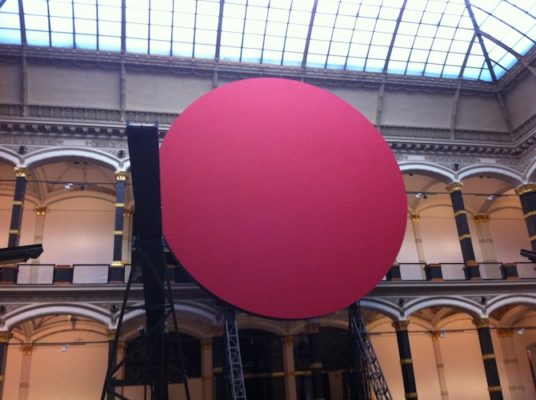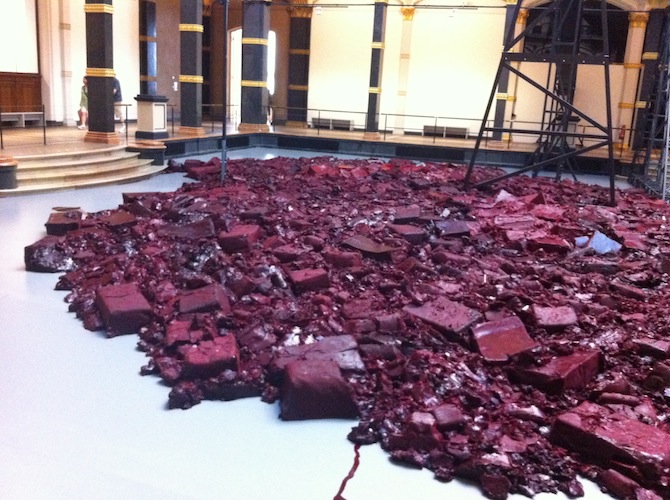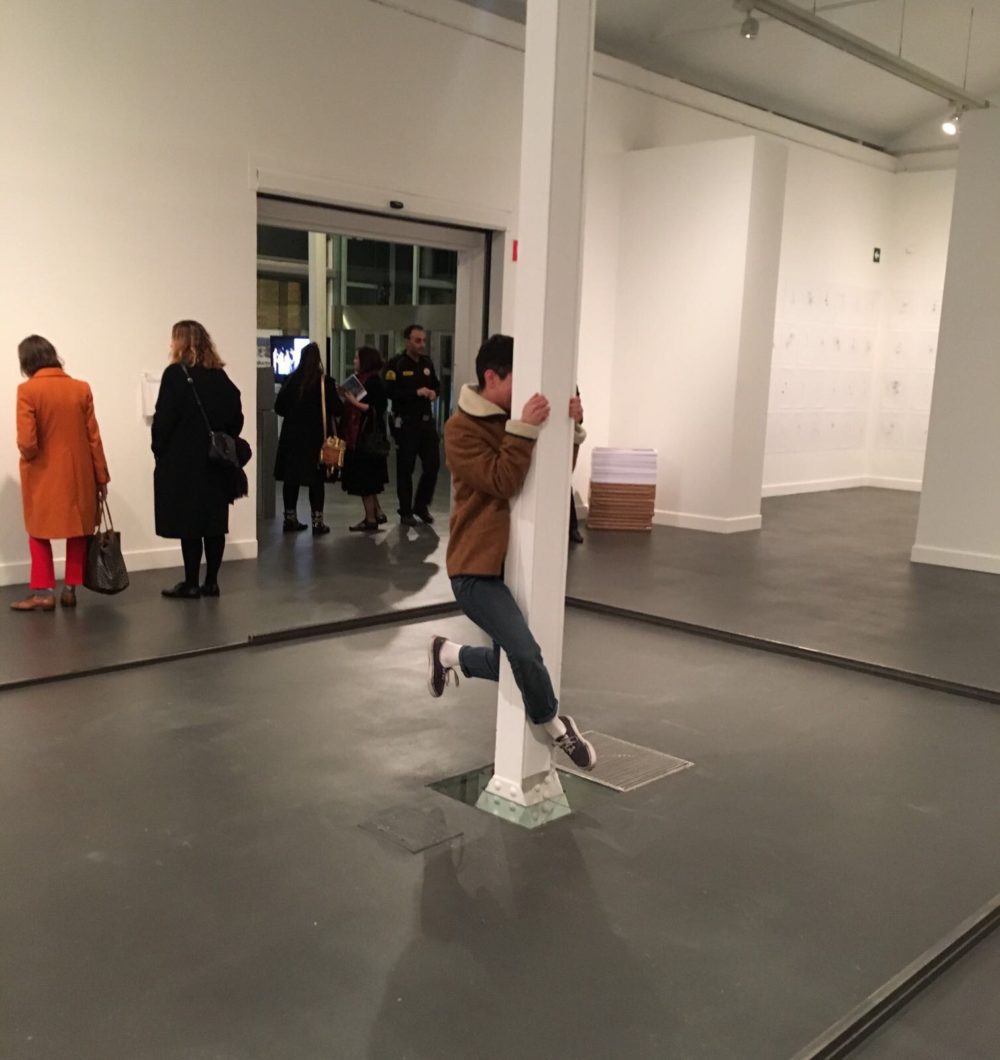Search
To search for an exact match, type the word or phrase you want in quotation marks.
A*DESK has been offering since 2002 contents about criticism and contemporary art. A*DESK has become consolidated thanks to all those who have believed in the project, all those who have followed us, debating, participating and collaborating. Many people have collaborated with A*DESK, and continue to do so. Their efforts, knowledge and belief in the project are what make it grow internationally. At A*DESK we have also generated work for over one hundred professionals in culture, from small collaborations with reviews and classes, to more prolonged and intense collaborations.
At A*DESK we believe in the need for free and universal access to culture and knowledge. We want to carry on being independent, remaining open to more ideas and opinions. If you believe in A*DESK, we need your backing to be able to continue. You can now participate in the project by supporting it. You can choose how much you want to contribute to the project.
You can decide how much you want to bring to the project.

With a few artists the same occurs as with a few writers; they cause a form of vertigo, as it’s hard to know exactly how to confront them. The origin of this vertigo can be found in a variety of factors. From a complete ignorance about the artist to an excess of (re)cognition of a figure who’s disturbing for the economics of his potential notoriety, resulting –with the possibility of certain overlaps- in a series of situations with an immense talent for creating aesthetic giddiness. And for a spleen, without Paris, that has to be overcome, beyond the exhibition space, thanks to the expansive transcendence of banal things.
Within this group of artists whose names we are all familiar with (or ought to be), be it actively or passively, through word of mouth, or what we’ve seen or read, Anish Kapoor is (at least for yours truly) a perfect example of the bewilderment provoked by a totemic celebrity. Not so much because his name comes preceded by this “sir”, with which some Brits are so delighted with given their taste for hierarchies of rancid ancestry, so much as because with Kapoor what could happen–so snobbish at times – is that curiosity functions better with anonymity thanks to the distinction bestowed by the role of incognito spokesperson, who is hard to access. Because, what could one add that wouldn’t be a counterattack against someone who is said to have changed the way that we conceive of sculpture and whose installations are the envy of many museums, thanks to the maximum appeal of his colossal sculptural interventions in space.

Despite all this, Berlin –a city that is not characterised by the snobbery of other cities – congratulates itself on (re)presenting Kapoor in society, with a monographic exhibition that, as the artist himself says, at not point aims to tie itself to the passé condition of all retrospectives. This time the title plays with the obvious (albeit leaving the door open to a certain ambiguity before entering the majestic building of Martin-Gropius-Bau): Anish Kapoor in Berlin. As happens with celebrities, artistic or otherwise, numbers are used qualitatively, demonstrating that size does matter. And so one is informed that the building houses some 70 works by Kapoor, arranged along the length and breadth of more than 3000 square metres. Despite the enormous budget that the exhibition is operating with, the information accompanying the exhibitions is almost inexistent. And even if art is something to be experienced, as the slogans of our emotional capitalism state, it also ought to be a territory that is accompanied by a map of possible coordinates. So one has to return later to Kapoor, not in Berlin, but by way of the criticism that is based on celebratory reviews, in the grandiloquent concepts of limited conceptual sediment, which moreover function as a manual surrounding the use of the epithet and synaesthesia in questions of art.
With all that has been said up until now, one might foresee an irate criticism of Kapoor. Especially if one has been educated in the conceptual and political derives of art. A criticism of the usual reading of the overly celebrated (but also unknown) artist; of its authorised (and authoritarian) exploitation; of the exorbitant budgets of the fetishized object made for an elite; of the individual signature of works that one perceives have been made by so many others, within a studio that also serves as almost a case study for new modes of fabrication. And yet, sometimes one feels the need to forget all these healthy and necessary prejudices and partake, in not so much the sublime experience of art as in the collision with some aesthetic forms and the undervalued material condition of art. Nevertheless this encounter is, as always, marked by impatience and the trivial guilt of skimming through in less than an hour something that has been constructed over months. And that visiting an exhibition is not about passing an afternoon in another Porta Ventura style of aesthetic, so much as allowing oneself to be dazzled by art, even if it is bourgeois and in cahoots with the cultural industries.

artwriter_curator_esnorquelmaker_chocolateresearcher_technodancer__bikeenthusiast_coffeeaddicted_
"A desk is a dangerous place from which to watch the world" (John Le Carré)